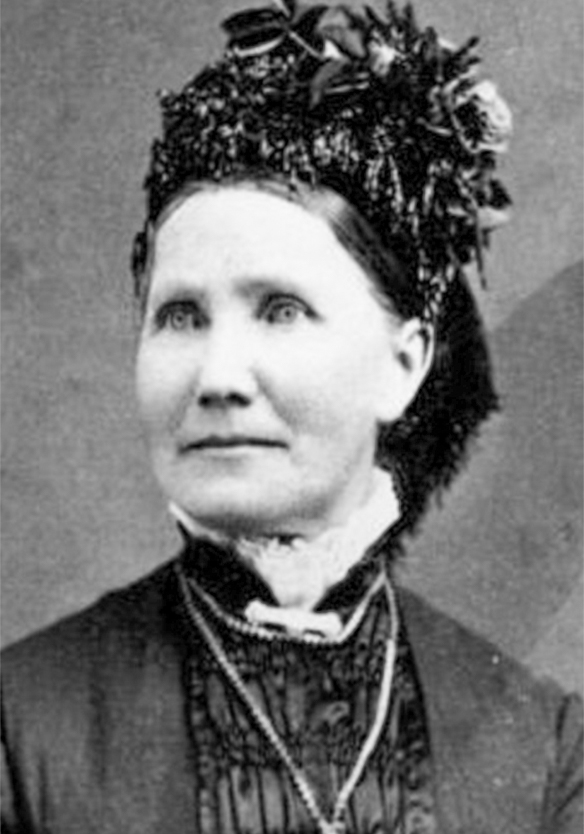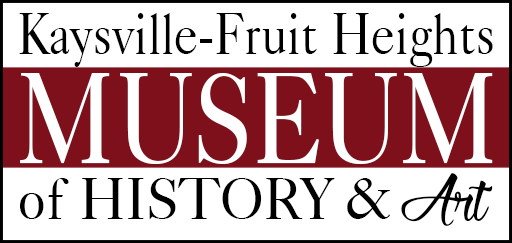Sarah Ellen Barnes Layton

1826-1906
S arah Ellen Barnes Layton, known as Sarah B., was the most senior wife of Christopher Layton. She had been married fourteen years and had six children by Christopher in 1866 when he and William Jennings built the grist mill on north Main Street. The cost to build the mill was significant, but so was the need to bring in income as Christopher had five homes in Kaysville, for his 5 wives, and 23 dependent children. That year Sarah B was living on the farm where she also cared for two of Christopher’s older children. At the time the grist mill was built, Christopher was a member of the territorial legislature. Sarah, however, could not vote; women did not receive the vote in Utah until 1870. Despite that, it was one of the first states or territories to grant that right. When the Relief Society was organized in Kaysville two years earlier, Sarah became of the counselors of that organization and later served as the president for 42 years. It was the Relief Society that proved to be a major player in the fight for woman’s suffrage in the territory. From their earliest days in Kaysville and throughout her tenure as president, Sarah worked “very hard,” in her words as a dressmaker. She mended clothing while raising her children, mostly alone. She learned seamstress skills from an exceedingly early age, having been employed by the head seamstress for Queen Victoria. During their marriage, Sarah had gone with Christopher to Nevada, but had stayed in Kaysville when he went to Idaho and later Arizona to help in settlements. By the 1880s, the issue of polygamy, always unpopular back east, came to “a head” as federal legislators outlawed the practice and began arresting and jailing men who practiced it. By 1884, Christopher had moved to Arizona, called by Brigham Young to …, but undoubtedly, to evade arrest. Sarah and most of the wives stayed in the Kaysville-Layton area. In 1887, the Edmunds-Tucker act abolished women’s suffrage. Left without political recourse, three years later the 1890 Manifest ended the practice of polygamy and no longer recognized the marriages of the wives. Having lived through extremely precarious lives economically and legally, it is easy to see why Sarah began a proponent of suffrage. Only with the right to vote could laws be passed that would be advantageous to women. In her autobiography published in the Woman’s Exponent, Sarah states that with Christopher and a younger wife in Arizona, Sarah was without financial support except what she could provide for herself. It was during that time and after his death in 1898 that Sarah became active in the suffrage movement. She was a correspondent for the Exponent, served as an honorary vice president for the Davis County Women’s Suffrage Association (W.S.A.) and on the Executive Committee. During her leadership of the Relief Society, she helped raise silkworms which aided her and other women to provide a means of financial support. Her works as a seamstress had assured her of the commercial success of such an enterprise if the culture of the worms could be managed. She made beautiful, elaborate dresses for the ladies of Kaysville and Salt Lake. A year or so after her death in 1906 the Woman’s Exponent published a Resolution of Respect made by the Kaysville Relief Society in her honor.
